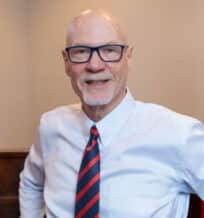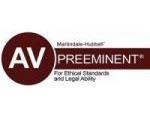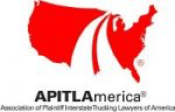According to the Tampa Bay Newspapers Weekly (January, 2013), two female teenagers, from Countryside High School in Clearwater, Florida won awards from the Anthony Telesca Foundation for posters they created in a Safe Driving Art Contest sponsored by the Foundation.
The Foundation was created after Anthony Joseph Telesca died in a car accident when he was 16 years old. The car was driven by Anthony’s high school friend.
The Foundation is based in Oldsmar, Florida, and was established “to help prevent reckless teenage driving and thus save lives.” It works with local law enforcement officials, high school districts and community business leaders to provide safety-related information and events.
The winning posters were aimed at unsafe driving practices including texting while driving.
The Size of the Problem
According to the Centers for Disease Control and Prevention motor vehicle crashes are the leading cause for deaths of American teenagers.
In 2010 those teenagers most at risk for automobile accidents were:
- Males. 2/3 of motor vehicle related deaths were males. 1/3 were females.
- Teenagers driving with teenage passengers. The risk increases with the number of teenage passengers.
- Newly licensed teenagers.
For the same year, 2010, 2,700 teenagers (16-19) were killed and 282,000 were treated in emergency rooms.
Additional teen risk factors
- Teens are more likely than older drivers to underestimate dangerous situations or to be unable to recognize hazardous situations.
- Teens are more likely than older drivers to speed and to allow shorter headways (the distance from the front of one vehicle to the front of the next).
- Teens have a lower rate of seat-belt use.
- At all levels of blood alcohol concentration (BAC), the risk of involvement in a motor vehicle crash is greater for teens than for older drivers.
- The highest rates of teen deaths are between 3 pm and midnight and on the weekends (including Friday).
Teen distractions
Here are some of the distractions that can cause teenagers to lose proper control of their vehicle. Adults can also get into accidents because of these distractions. The list is not exhaustive of all distractions.
- Texting while driving. Texting means at least one hand will not be on the steering wheel and the driver will not be focusing his vision on the road.
- Talking on a cell phone while driving. For hand-held phones this means one hand will not be on the steering wheel. For voice-activated cell phones and hand-held phones talking means the talker isn’t focused 100% on the road and the surroundings.
- Switching the car radio station or playing a CD (compact disc).
- Using a laptop computer.
- Selecting a song on an iPod.
- Checking a GPS (Global Positioning System) navigation system
- Eating while driving.
- Looking for coins for tolls.
How can deaths and injuries resulting from crashes involving teen drivers be prevented?
- Adult supervision. This supervision extends to discussing traffic safety with your children and being in the car when they drive.
- Graduated driver licensing systems delay full licensure while allowing teens to get their initial driving experience under low-risk conditions.
- Legislation. The Florida Legislature, in 2013, is considering legislation to ban texting while driving (for all age groups). The pros and cons of this legislation will be discussed in next week’s blog.
If anyone you know is a victim of an accident caused by texting while driving or by any other means please let our law firm help you get the recovery you deserve. During this difficult time we will help you receive the maximum compensation allowed by law and we will assist you through every step of the case. Our team of lawyers works with medical professionals, valuation experts, technical experts and other lawyers. If you or a loved one suffered an injury or a death please call us at 1-888-WE-MEAN-IT (1-888-936-3264) or email us at: [email protected].













